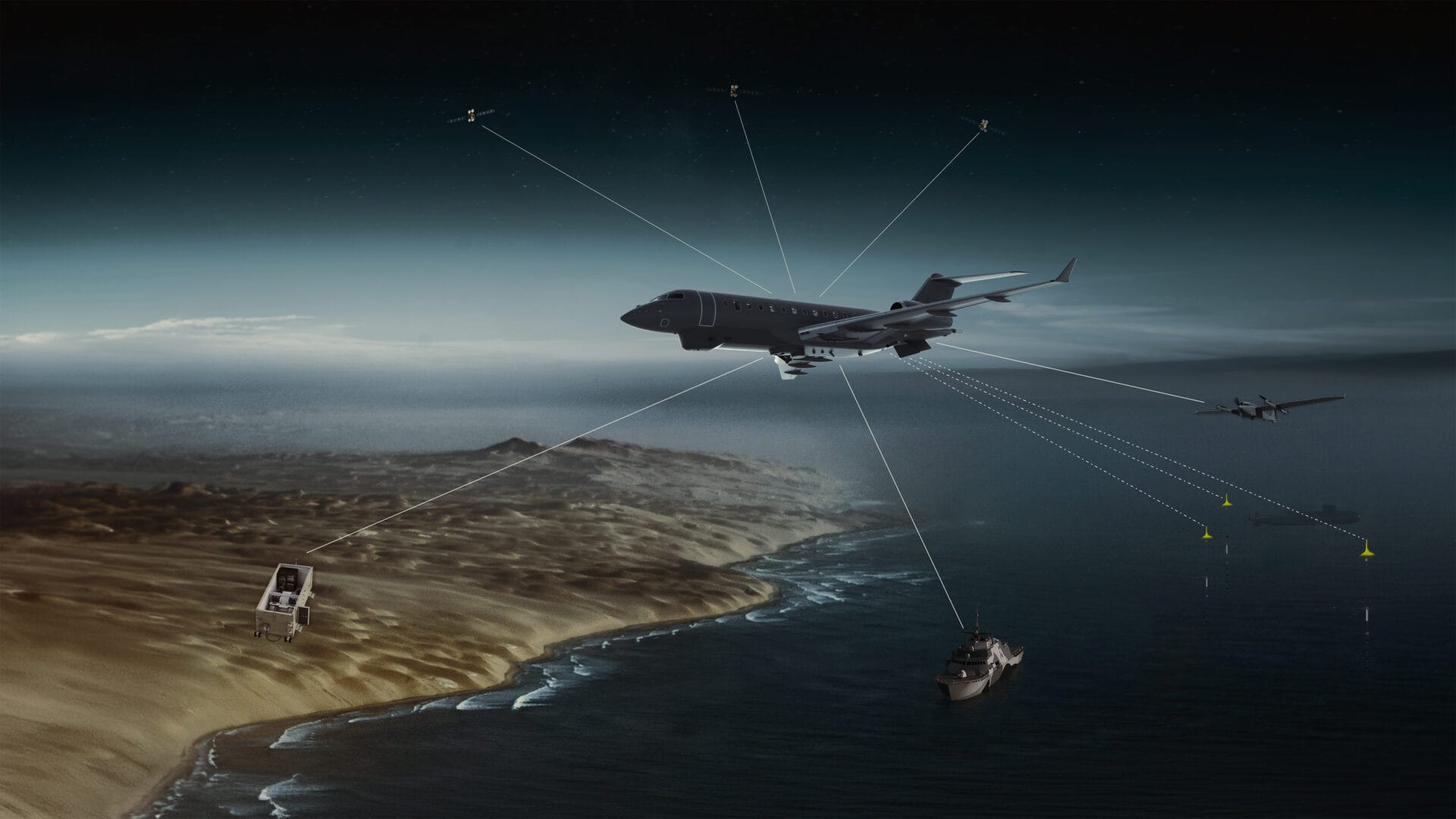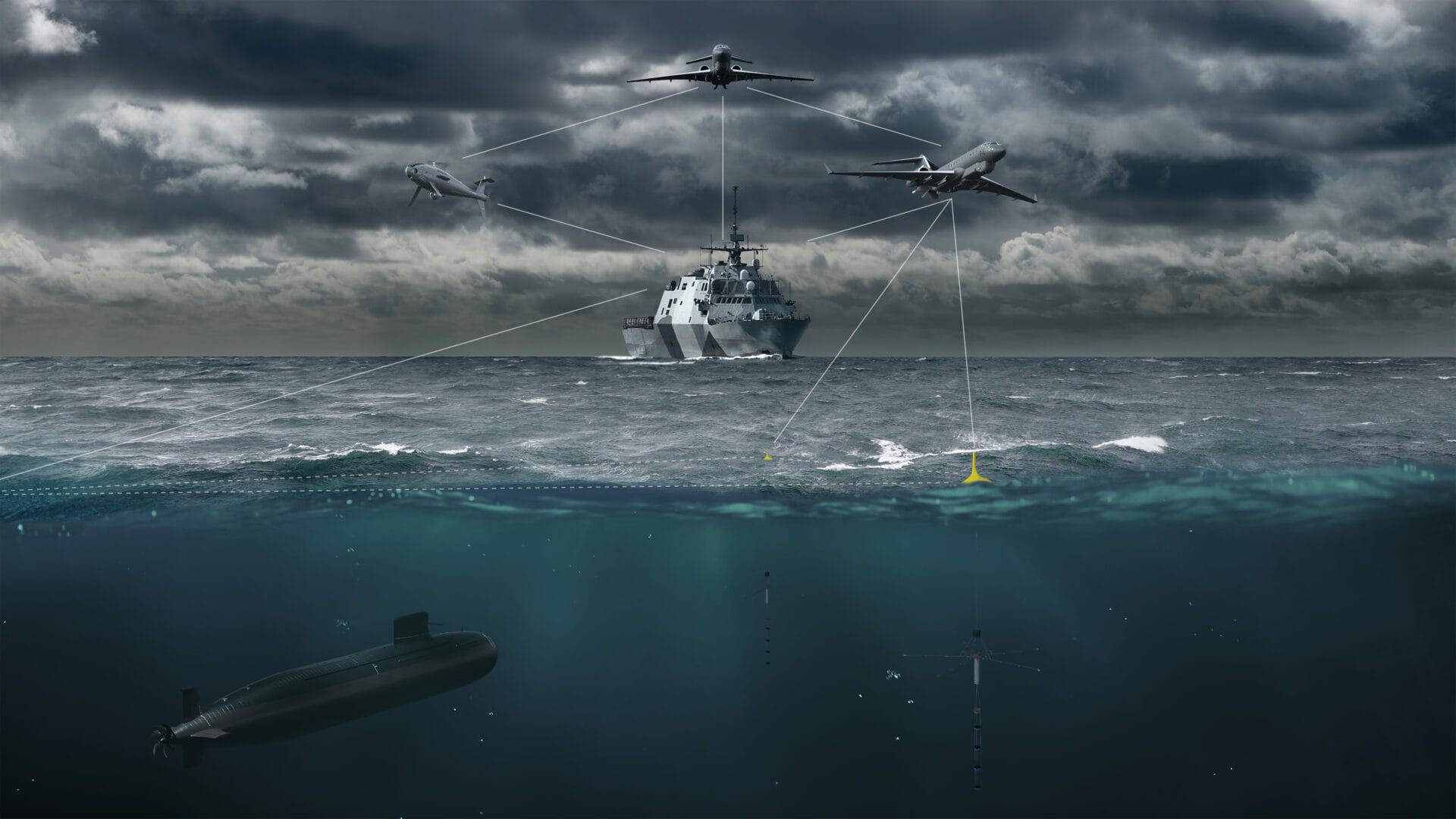Explanatory Guide
Introduction
Implementing or upgrading an ISR capability is a significant and complex project. Platform, sensor, and mission management selection are interdependent variables demanding a deep understanding of end-user mission requirements, desired performance levels, operating environments, locations, and use.
Beyond immediate needs, the system design must consider future requirements, scalability, and technological improvements to remain relevant while meeting planned operational life cycles. Finally, system useability, efficiency, and interoperability with partners will define the success or otherwise of the implementation.
Taming the complexity and integrating these diverse variables requires the context and strategic direction of the project to be set by generating a document called a concept of operations, or CONOPs.
CONOPs Explained
The CONOPs is the first step in the design process, and it’s a document that provides a conceptual, high-level, and holistic view of a proposed system from the user’s perspective. It communicates your vision of the system for subsequent client review, feedback, and approval after several drafting and review iterations.
A CONOPs document helps to align all stakeholders on the characteristics of a proposed new ISR system, thereby mitigating design, build, and implementation risks. When finally accepted and signed off by the client, it forms a contractual scope document that defines user requirements, guides the acquisition and development effort, and facilitates system integration.
In simple terms, a CONOPs addresses the “why” and high-level “what” of a new ISR system, becoming an input into the next step in the design process, which is a lower-level and more granular requirements analysis that defines the “how.”
Understanding a CONOPs also requires understanding what it is not. It is not a requirements analysis or a technical design document and should not focus on the in-depth technical aspects of a system or include detailed technical design information other than that necessary to convey the concept or scope of the desired system to the design team.


